Rescuing something from the COVID-cancelled Tucson Festival of Books, I was able to prevail upon two of my wonderful writing colleagues to share their thoughts about a question that fascinates me about female sleuths in historical settings and how they do their work of detecting.
The question I was interested in exploring was this: our fictional female detectives work before the advent of the forensics available to police work now. In a time when there were few of the forensic tools available, and women had a very different position in society that tended to limit their sphere, what kinds of tools does your detective use to solve the mystery at the centre of your book, and do you think that your detective’s gender plays into her approach to the problems she has to solve?
For this I solicited the help of Jess Montgomery, an Ohio based writer of the wonderful series about Lily Ross, a small town Ohio sheriff–her latest book is The Hollows–and Sujata Massey, author of two books in a gorgeous series featuring the character Perveen Mistry, one of the first qualified female solicitors in Bombay. Her latest is The Satapur Moonstone. These books are set in the 1920s. And finally I will include Lane Winslow, amateur sleuth and retired British SOA agent, living in British Columbia in the years immediately after WW2. Interestingly, all three characters were inspired by real people. My latest is A Match Made For Murder, due at the end of April.
I think what is interesting, as we look at the responses, is that the old cliché of ‘woman’s intuition’ does not come into the work of these female fictional characters. Instead what we see is the workings of relationship, knowledge, intelligence and social understanding. Women, who have different sorts of social lives than men in these historical settings, and therefore often interact with members of their communities in deeper more personal ways, can draw upon their understanding of people in their community in a much different way than a man might.
It is undoubtedly true that the women, especially the two women in formal positions; sheriff and solicitor, must be tougher to handle the doubt and misogyny they meet with every day. It is interesting to see how these women exploit the lowered expectations people might have of them. And finally, for both of my guest authors’ books, it is the women’s understanding of the history and rules, either formal or informal within own community, that are central to the solving of the mysteries. It is very clear that in all three cases, being a woman is an asset. It is also evident in reading the books that geography plays a part in throwing deterrents in the way of travel and communication.
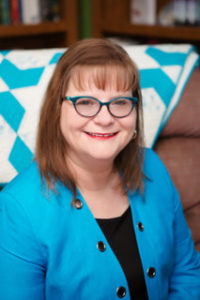
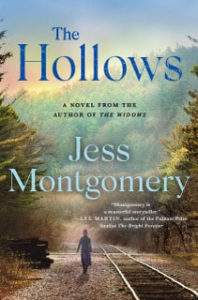
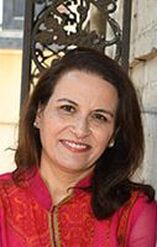
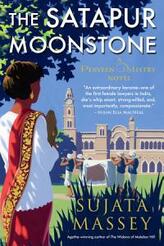
The most exciting technology in the early 1920s was fingerprinting. It was invented in the late 19th century in Calcutta and then was refined in Britain. In the old days, men who were booked for crimes had fingerprints recorded on cards, and in big cities, servants in the homes of the wealthy were also fingerprinted. There was a lot less trust of the servant class. One wrinkle in the situation was that men were not supposed to touch women, so for a policeman to press a lady’s fingers in ink was a violation of civil standards. I write about Perveen Mistry, a young woman lawyer in the 1920s, and when the government asks her to assist in getting prints from some women, she refuses to do it, in order to protect their rights. Thus, fingerprinting becomes a plot point in my book The Widows of Malabar Hill.
Perveen is a solicitor, so her work is supposed to stay on paper and involve advocating for people’s interests…but because these are mysteries, there inevitably is a suspenseful, life-and-death criminal element. Perveen is a well-born lady of the Zoroastrian faith, and her major tool is a creative way of looking at the era’s restrictive laws. In those days, there were separate legal codes for Hindus, Muslims, Parsis and all other faiths. The right to inherit property, or to get a divorce, was contingent on which code applied to you. Perveen strategizes ways to get the desired outcome for her clients, who are mostly women and children. She also maintains a cordial relationship with the government, despite her desire for Indian independence, because she knows she has to work within the existing system to aid her clients.”

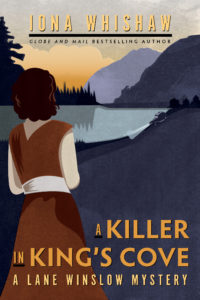
It should be said at once that my character, Lane Winslow, never sets out to sleuth, and while there are more forensic tools in the 40s than there were in the 20’s she does not have any herself. She has no official position that permits her to legitimately stick her nose in, but she becomes involved because she is a linguist, and a trained intelligence operator, and she also has a good deal of knowledge from her formal education. So while she doesn’t know the first thing about how to deal with the apple orchard on her own property, she does know that if the victim has a copy of Rosa Luxemburg by his bed, he was likely a communist sympathizer which may suggest why he was murdered. It also turns out she is a visual thinker, which comes a bit from a combination of her war time training which includes the use of maps and a focus on physical territory. She likes to visualize where things are in relation to each other and to the landscape. It helps her to make connections that might not seem obvious, and these new connections tend to open up new lines of inquiry. and increase the probability of certain outcomes. Even the real detective in my books, Inspector Darling, views these maps with interest.
In the early books she was called upon to use this knowledge of intelligence and the work and behaviour of spies, for example, and the international political undercurrents of the day, to understand the stories that lay behind the murders that might at first appear to be entirely local. Finally, Lane is very social, and she has strong feelings about people based on how they talk and how they treat others around them. These, in a way, become clues for her about what drives and motivates the characters.